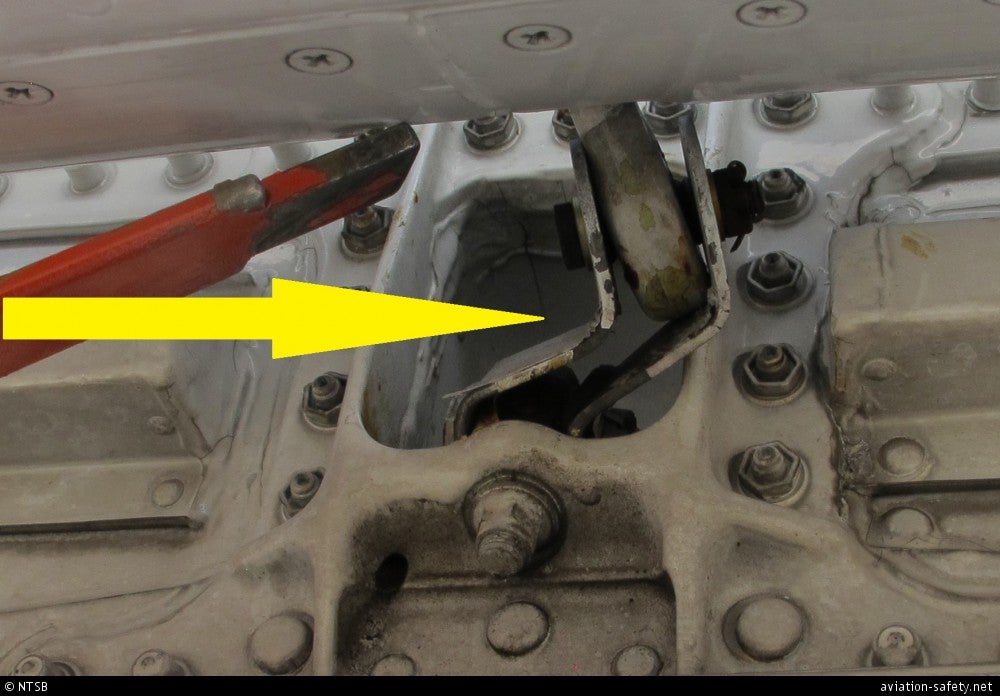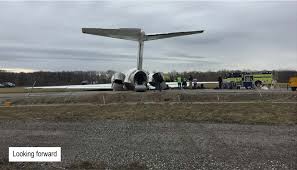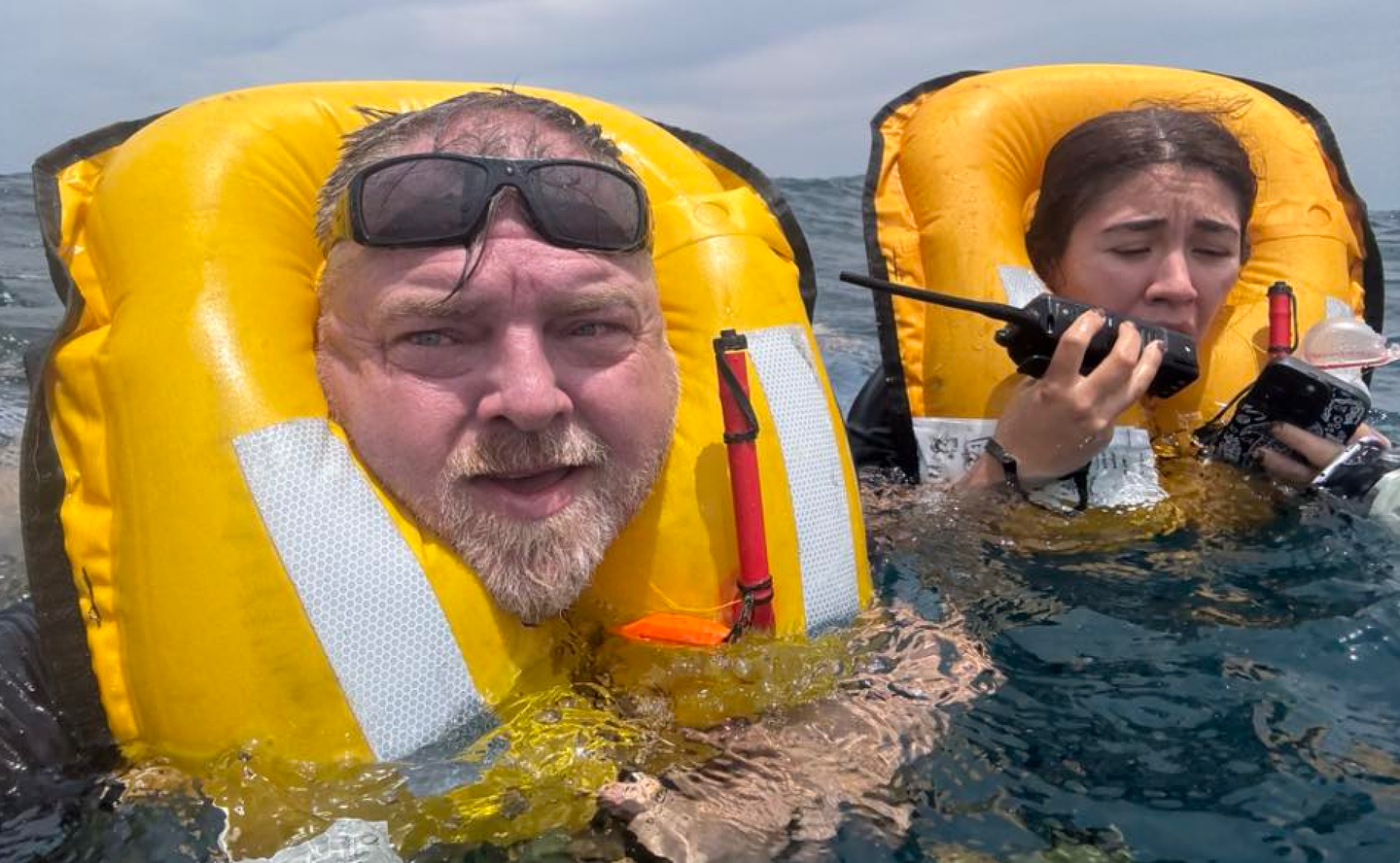The Pilot’s Lounge #144: Pilots Are Heroes
The pilots of a DC-9-83 (MD-83) not only had things go well and truly south, but had maybe five seconds to do exactly the right thingand the right thing was not the obvious thing. They did the right thing, right away, and stuck with it even though they had to know that they were going to be the first ones at the scene of the accident and were probably going to die. Those two pilots were heroes. That should be shouted from the rooftops.
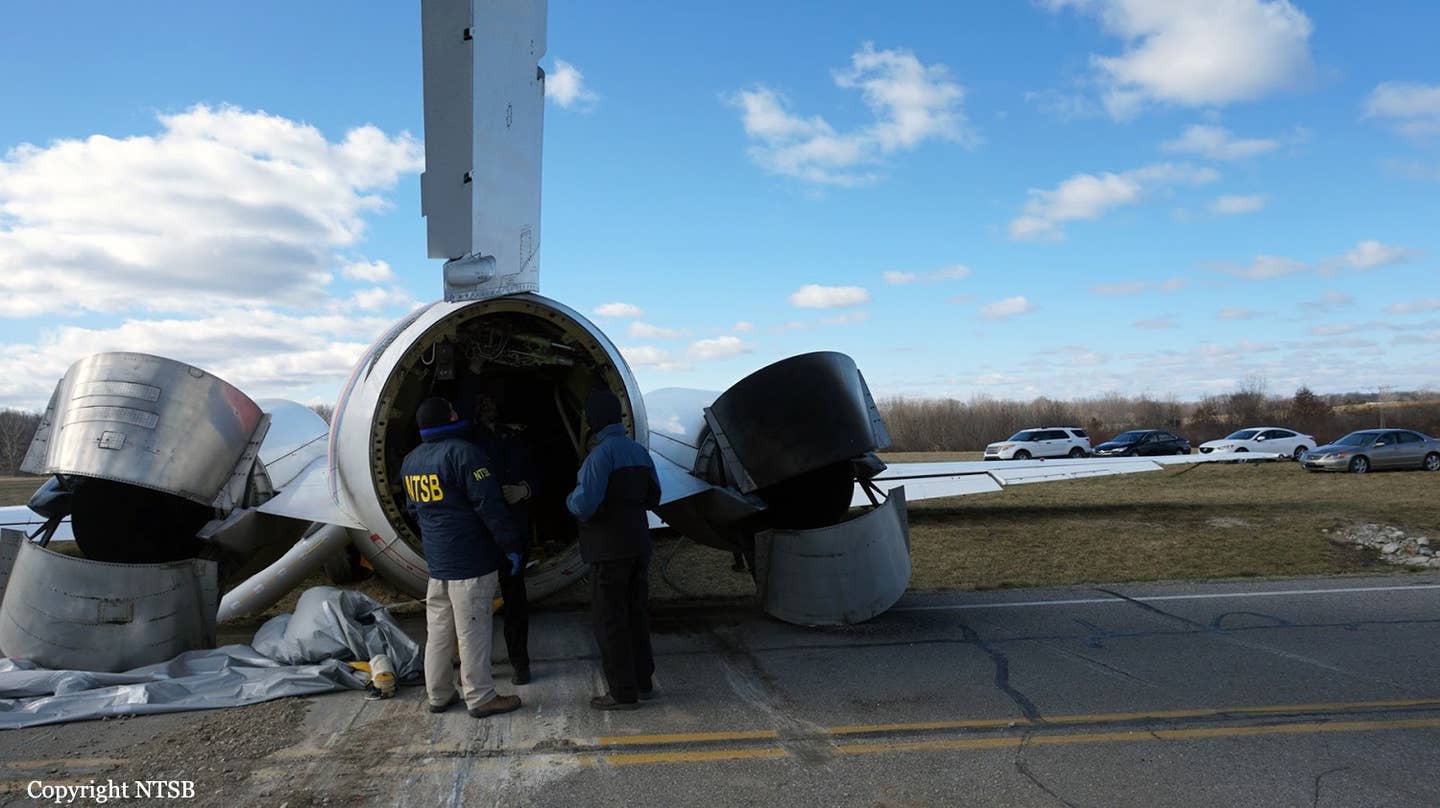
It was a very good afternoon in the pilot's lounge at the virtual airport. OK, the weather was well and truly lousy, and no one was flying. But a lot of pilots had somehow decided that it was the kind of afternoon where the right thing to do was sit in the ratty recliners, drink the crummy coffee and solve the aviation problems of the world.
The worldwide Boeing 737 MAX 8 contretemps was steadily escalating, so it was easy to get four opinions on the subject from any three gesticulating pilots you happened to overhear. To my surprise, two of our regulars who are usually in the thick of any aviation-related fray—Ben, a charter pilot, and Tom, a former freight dog who then spent nearly 20 years teaching jets at one of the big-name simulator training academies—were sitting apart from those expostulating on Boeing airworthiness. They were talking quietly about a something on Ben's tablet computer.
I was curious as to what got the attention of these two old pros, so I asked.
A Certain Crash
Ben showed me the screen and said it was the NTSB report on the March 8, 2017, takeoff accident at Willow Run Airport. The report had just been issued.
I remembered the crash. I was at nearby Detroit Metro Airport at the time, about to head home from a business trip. I told Ben and Tom that my recollection was pretty vivid because the wind was blowing like stink that day—there were gusts to 50 MPH. Metro Airport was using runways 27R and 27L—runways that are used less frequently than politicians shy away from a microphone.
I knew that a stretch DC-9 had gone off the end of a runway at Willow Run after a takeoff abort and that there had been no serious injuries among the more than 100 occupants of the jet.
Ben looked at me. "Rick, the NTSB report just came out. You know how those often seem to find a way to include something the pilot did less than perfectly as a factor in the cause of the accident. You've got to see this. The NTSB team went out of its way to praise the pilots. The guys at the pointy end of that old Diesel-9 had things go well and truly south, had maybe five seconds to do exactly the right thing—and the right thing was not the obvious thing. They did the right thing, right away, and stuck with it even though they had to know that they were going to be the first ones at the scene of the accident and were probably going to die.
"Those two pilots were heroes. That should be shouted from the rooftops.
"When I was a kid, I wanted to be a pilot because I knew pilots were heroes. Something like this is why I learned to fly and it's something I never seem to hear anymore. When I was a kid, I read about Jimmy Doolittle with his doctorate in aeronautical engineering and how he was a nearly untouchable racing pilot and could teach people to fly B-25s off of a carrier because of his education and incredible skill. I read about Louise Thaden and how she won the Bendix Trophy in a Beech Staggerwing, beating all the men on that transcontinental race because she could fly anything with wings, and about Bernt Balchen flying a Ford Trimotor over the south pole and then landing a PBY flying boat on the Greenland ice cap to rescue downed Army pilots in World War II. I read about Al White and using a bent paper clip to override a messed-up electrical system and get the gear down on the prototype XB-70. They were heroes. We've got heroes now in aviation, we just aren't paying attention to them."
I held my hand up. "Slow down, man, whoa. You're telling me that the NTSB has just effectively identified some pilots as American heroes? How come I haven't heard about this?"
Tom jumped in. "Mark Radloff and Andreas Gruseus are true American heroes. They saved the lives of over 100 people. It got buried in the 737 MAX news as well as the accident that is really scary—but nobody is talking about because the body count wasn't as high—the 767 that crashed nearly vertically south of Houston."
"OK, OK. So, tell me about it."
Accident Chain
Tom and Ben tag-teamed the story. The University of Michigan's basketball team and support staff—110 people—were on a DC-9-83 (MD-83) that was operated by Ameristar Charters to fly to a basketball tournament. The jet had been parked in the lee of one of the big hangars built before World War II as part of Edsel Ford's huge B-24 manufacturing plant on Willow Run Airport. Subsequent tests by the NTSB showed that the more than 50-knot winds swirling around the hangar had caused the right elevator of the jet to flap up and down until it ultimately jammed in the full nose-down position. That was the first link in the accident chain.
NTSB computer simulation showing how wind damaged the right elevator.
The elevators of all models of the DC-9 are not interconnected as they are on most of the general aviation airplanes we fly. They move separately. In addition, the mechanical linkage from the pilots' control yokes doesn't go to the elevators themselves, they go to what most pilots think of as the trim tabs attached to the trailing edges of the elevators. Those tabs are called control tabs. When the pilot moves her yoke fore and aft, the control tabs move, not the elevators. Once the airplane is moving through the air, moving the control tab causes the elevator to move, just as a trim tab moves the elevator. If you know your aviation history, it's just like the Curtiss C-46 Commando, which was so big that the pilots couldn't physically move the elevators; their flight controls moved control tabs. It's no big deal—using control tabs to move elevators has been around for over 70 years.
The jet's left elevator was not jammed; it was working just fine. The next step in the accident chain is that it was not possible for the crew to tell that the right elevator was jammed. It was in an appropriate position during preflight and moving the flight controls during the pretakeoff check moved the control tabs on the elevators as they should. There was no way the crew could know that when it came time to fly during the takeoff run that the right elevator was going to remain in the full nose-down position. They had no way of knowing that even though the left elevator would go nose-up when the pilot pulled back on the control yoke to rotate, the airplane's nose was not going to come up.
The trap was well and truly set.
Radloff was the pilot flying. He was in the right seat. He was finishing up differences training for the -83 after having spent years flying other models of the DC-9 series. Gruseus was a check airman who was overseeing Radloff's training. Gruseus was in the left seat and was technically the pilot in command. Radloff, as pilot flying, briefed the takeoff. In fact, he went into some extra detail because of the high winds and even higher gusts and what they'd do if they hit wind shear after takeoff.
NTSB photo showing the bent and jammed component of the right elevator.
Takeoff Speeds
The airplane was full, and the takeoff speeds were correspondingly high. V1, the "you're going to take this airplane into the air come hell or high water because there's no longer enough runway to stop speed," was 139 knots. VR, rotation speed—where the pilot starts pulling back on the yoke to raise the nose—was 142 knots. V2, the takeoff safety speed—that must be attained by an altitude of 35 feet—was 150 knots.
It must also be understood that, in a jet, the books say that you should almost never abort a takeoff above V1 speed. In fact, the books call for the captain to take his or her hand off of the power levers at V1 so there is not a temptation to abort the takeoff. Aborting above V1 means going off the end of the runway. If there is a problem above V1, be it fire, engine failure—just about anything that goes wrong—you take the jet into the air and sort out the problem in flight.
The NTSB report (PDF) goes through what happened on takeoff. Radloff stood up the power levers and Gruseus set the power and started calling speeds. When he called "rotate," Radloff started pulling the yoke aft. Nobody home. The nose didn't come up. Radloff moved the yoke further aft. Nothing. He didn't know that the right elevator that was jammed in the full nose-down position was canceling out anything that the left elevator could do as it was obediently following Radloff's commands and deflecting upward.
Radloof was suddenly dealing with an airplane that would not fly. He was dealing with it at a speed well above V1, the go, come hell or high-water speed. As Radloff was trying to rotate, the jet was accelerating through V2, 150 KIAS.
When the nose didn't come up, Radloff said, "Hey, what's goin' on?"
He was in the one situation in which you don't go come hell or high water. And he had almost no time to react—and to react correctly.
Reacting
Radloff reacted. He reacted almost instantaneously and correctly. Three seconds after he first began to utter "Hey, what's goin' on?" he simultaneously called out "abort," started pulling the power levers all the way back into full reverse thrust and stood on the brakes. The airplane was doing 173 KIAS. A moment later he extended the spoilers, putting more weight on the gear and making braking more effective.
After Radloff called the abort, Gruseus reacted to an attempt to stop when going faster than V1 and said, "no, not above . . ." and then ". . . don't abort above V1 like that." However, in seconds, Radloff applied the closer when he announced "it wasn't flying."
Gruseus, as the check airman and PIC, could have tried to override Radloff's actions. He didn't. He followed company standard operating procedures and followed Radloff's command to abort. Gruseus also got on the brakes and made sure that the engines were flat out in reverse and the spoilers were up.
NTSB photo of the jet showing the right elevator jammed in the full nose down position.
Stop This Thing
The jet was going 100 knots when it went off the pavement of the blast pad that extended just beyond the end of the runway.
Fortunately for everyone aboard, Willow Run Airport had modified the grassy overrun area beyond the departure end of the runway by following an NTSB recommendation to build a nearly 1,000-foot long runway safety area. That had involved moving a raised road farther away from the end of the runway.
Radloff and Gruseus had correctly recognized the one time that you don't continue a jet takeoff beyond V1. One made, and the other concurred and helped out, the decision to abort. They were high-time pilots. They were extremely well-trained pilots. They knew that they could not stop on the runway. They knew they could not stop on the overrun. They knew there was a raised road ahead of them. They knew that their decision to abort would probably kill them, but they also knew that had they tried to keep going above V1, they would probably have killed everyone on the airplane.
They were doing everything they could to get the airplane slowed down as much as they could before they hit that road—doing everything they could to keep the passengers who trusted them alive. To hell with the minimum speed for using reverse thrust.
Unbeknownst to them, Radloff and Gruseus were getting help from flight attendants in the back who were shouting at the top of their lungs, "Heads down! Stay down! Heads down! Stay down!"
Engines screaming in max reverse, feet locked against the brake pedals, anti-skid system pulsing the brakes for maximum effectiveness, Radloff and Gruseus watched that road approach as they fought to keep their passengers alive. They were Horatius at the bridge.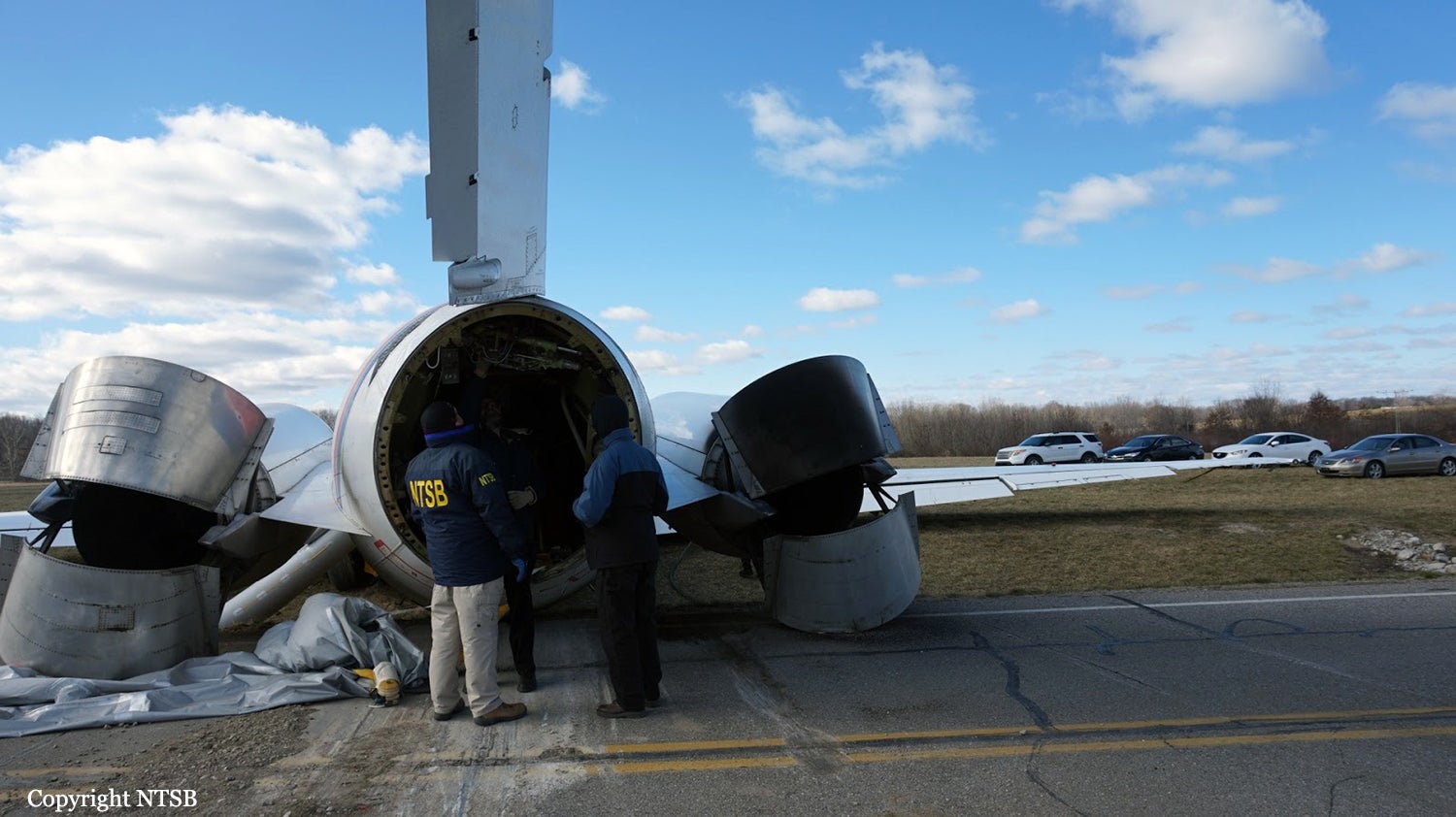
NTSB photo showing the thrust reverser buckets fully deployed.
Crashworthy
Radloff and Gruseus had gotten the jet hauled down to 40 knots when it hit the road. There, good crashworthy design took over. The landing gear and aircraft structure deformed, absorbing impact energy rather than transmitting it on to the flesh and blood occupants. The seats further absorbed impact energy and the restraint systems held the occupants in place rather than let them be tossed around the cabin. The overhead baggage bin doors stayed closed, so occupants weren't injured or killed by flying luggage as had happened so often in the past.
The nose of the jet crossed the road as everything came to a stop. The tail was still on the road, the thrust reverse buckets still open.
Someone made a PA call, "Evacuate, evacuate, evacuate."
The evacuation went fast even though not all the slides worked and the tail exit was temporarily jammed. The team members and support staff followed evacuation procedures—they left their stuff on the airplane and got themselves off. There were no serious injuries.
There were no serious injuries.
Probable Cause
The NTSB's probable cause of the accident goes into several factors involving the jammed elevator. It also praises Radloff and Gruseus: "Contributing to the survivability of the accident was the captain's timely and appropriate decision to reject the takeoff [and] the check airman's disciplined adherence to standard operating procedures after the captain called for the rejected takeoff ..." The NTSB expanded on its praise in its press release: "Investigators said that the captain's quick decision to abort the takeoff and the other crewmember's coordinated efforts to assist him had likely contributed to the survivability of an accident in which there were no serious injuries among the 110 passengers and six crewmembers."
Conincidence: A lot of the crashworthiness research that helped shape modern aircraft design was done at the University of Michigan.
The next day the University of Michigan basketball team flew to its tournament. Oh, yeah, it won the thing.
Two heroes, Mark Radloff and Andreas Gruseus, made it possible for them play in that tournament.
Pilots are heroes.
Go find a rooftop and do some shouting.
Rick Durden is a CFII, holds an ATP with type ratings in the Douglas DC-3 and Cessna Citation and is the author of The Thinking Pilot's Flight Manual or, How to Survive Flying Little Airplanes and Have a Ball Doing it, Vols. 1 & 2.

